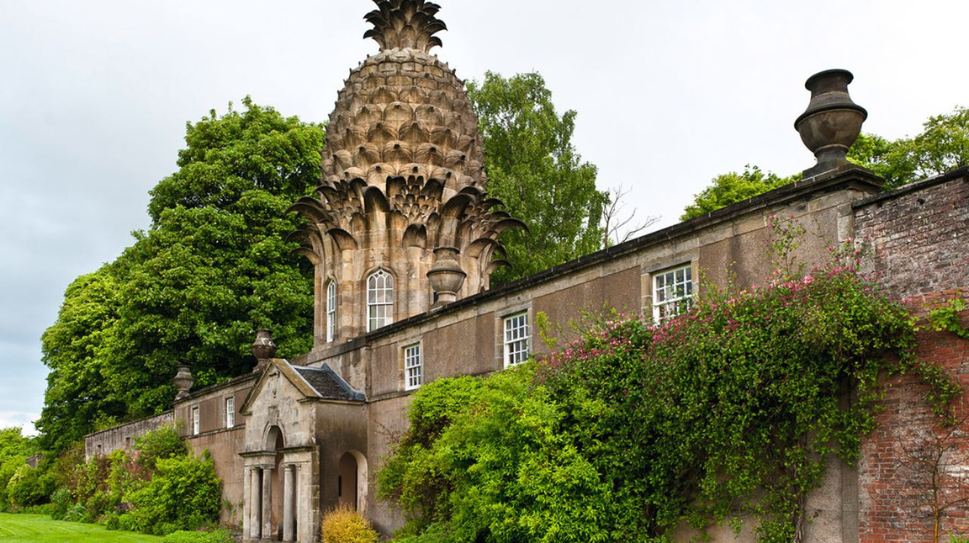
The Pineapple: A Symbol of Luxury and Prestige in Britain’s History
Welcome to the intriguing history of the pineapple in Britain. Once a symbol of luxury and prestige, this exotic fruit has a rich and captivating story. From being a coveted item in the royal court to becoming a common fruit, the pineapple’s journey is a testament to changing times and tastes.
The Pineapple’s Royal Introduction
In a 1675 painting, England’s King Charles II is depicted receiving a pineapple from the royal gardener. This exotic fruit, imported from the New World, was among the first of its kind to reach Britain. It was seen as a symbol of luxury and prestige, representing the ultimate in opulence.
The Pineapple’s Rise to Fame
During this period, pineapples were seen as a symbol of wealth and opulence, especially in Britain. They even adorned the western towers of St. Paul’s Cathedral, one of London’s most iconic landmarks. The fruit’s exotic nature and rarity made it a sought-after item among the elite.
The Challenge of Growing Pineapples in Britain
Despite the cold and rainy climate of England and Scotland, the desire to grow pineapples was strong among the upper echelons of society. By the 1770s, it became an essential feature of a country house garden. However, growing pineapples was a challenging and costly endeavor, requiring special greenhouses called “pineries”.
The Pineapple as a Status Symbol
The high cost and difficulty of growing pineapples made them a status symbol. A single pineapple could cost up to 80 pounds, equivalent to buying a new car in Georgian England. They were often displayed on dining room tables as a symbol of wealth, and were rarely eaten.
The Pineapple in Design and Architecture
The pineapple’s unique shape and aesthetic appeal have certainly not gone unnoticed. In fact, it has become a popular motif in design and architecture. This is largely due to its association with Georgian gentility. You can often spot it on gate posts and buildings, especially those linked to royalty. Even in today’s modern world, these stone pineapples continue to adorn Britain’s landscape. Each one serves as a tangible reminder of a bygone era.
The Decline of the Pineapple’s Status
The pineapple’s status as a luxury item began to decline around 1820 when it started being imported in large quantities. By 1850, 200,000 pineapples a year were being unloaded on London’s dockside. Despite this, the pineapple remained a symbol of opulence for some time.
In summary, the pineapple’s journey from a symbol of luxury to a common fruit is a fascinating part of Britain’s history. It reflects the changing times and tastes, and the influence of global trade on culture and society. Even today, the pineapple remains a unique symbol of a bygone era of opulence and prestige.


